Something about this just feels different.
The imaginary troll in me would always broadcast hate and discontent for brands hawking watches as “new releases,” defined by the slightest tweak in design—a means to test fanaticism at its worst. Admittedly, this has more to do with my feeling for the public reaction and less to do with the watch. All it takes is a little swap of color palette for the internet to lose its shit. You could compare it to the winning formula that governs Hollywood’s safe bets for summer sequels. The chances of backlash for going against the grain just don’t seem to be worth the gamble—I totally get it. That doesn’t mean I have to like it.
…I ate that imaginary troll’s lunch when I came across Sinn’s EZM-3F, the fraternal twin to the EZM-3. That said, I will try my damnedest to keep this review objective… rather than reduce its content to something that would better serve a gushing love letter.
“EZM” stands for (Einsatzzeitmesser), or German for “Mission Timer.” It was an apt name for the tough watch line-up that would come to define Sinn’s reputation. In 1994, the company made significant strides for recalibrating its focus from fliegers to hardier, tech-driven tool watches. The use of titanium, argon gas, and no-nonsense legibility became commonplace, eventually culminating toward the EZM1 Chronograph released in 1997.
Purportedly, this chronograph was designed in mind for the German Central Customs Support Group (ZUZ), an unassuming name for the specialized tactical police unit in support of counter-terrorism operations. Basically, they’re a bunch of “break glass in case of emergency” German John Wicks running around Cologne with more guns and utility pouches than a Rob Liefeld comic. Naturally, they’d need a watch that could take as much of a beating as anybody on the business end of their Billy clubs.
Now, whether or not these guys actually approached Sinn in the way that NASA had solicited their needs for a mission-centric chronograph is anybody’s guess. Even the impetus for whoever leaned on its development is unclear. Despite federal use, any government contract would have been meager considering there were less than 40 operatives on the team. It’s possible that Sinn was tipped off on the ZUZ’s development and seized the challenge to engineer the shit out of the watch to test its limits for abuse. Were the EZMs gifted to these troops by Sinn? The choice words of “issued” get murky here, especially so because apparently Tutima stakes a similar claim For being the time keeper of choice and, sure enough, many operators would be just as content wearing no watch at all.
If you were to look past the semantics the end state would still be the same. The EZM-1 set a new standard by which all other tool watches could be measured—fortifying Sinn’s reputation for utilitarian design and expectations for later EZM releases. In 2015 we saw the release of the EZM-3F, a flieger version of its diving counterpart, and somehow it’s been cruising under the radar.
Sinn EZM 3F Specs:
- Case:
- Stainless steel
- 200m waterproof
- 41mm width, 47mm height, 11.7mm thick
- 20mm lug-to-lug
- Engine:
- ETA 2824-2
- Automatic
- 28,800 bph
- Three-hand with date
- 38 hour power reserve
- Features:
- Anti-magnetic
- Countdown rotating bezel
- Engineered for austere environments
Whereas competitors such as Bell & Ross or Ball tout their watches as rugged design, both brands catch snags due to their ornate hang-ups. This EZM flieger is bead-blasted for finish, not polished. It has no froufrou lettering counterbalance. It’s not in the shape of a square inspired by a cockpit dashboard because, frankly, that would be ridiculous. By contrast, literally every single design concern for the EZM-3F is executed with optimum legibility and practical engineering in mind.
The Case Design
To those already familiar with the EZM-3 diver, there’s virtually no deviation in case appearance and size with exception to the flieger being 0.6mm thinner—a tradeoff that compromises a whopping 300m in depth rating. Still, this leaves you 200m in waterproofness in accordance with DIN 8310 standards meaning that, technically, you can take the 3F diving. To think that the loss of 0.6mm truly costs a 300m difference is perplexing. The conspiracy theorist in me says the watch can handle much more, but then Sinn’s efforts to highlight their divers’ robustness would be cheapened. Both watches feature screw-down crowns on the left side so as to not hinder mobility of the wrist. The thought that, “ugh… a left-side crown’s gonna suck” was an embarrassing concern to admit to myself; it’s been quirky at worst when resetting it between wearing other watches.
The case’s finish is a flat texture that would prevent reflection of light, but the real consideration lies in its composition. A soft iron cage encasing the dial, movement, and intermediate bottom protects the engine from magnetic interference of up to 80,000 A/m. This is equivalent to 1000 gauss (or Rolex’s Milgauss). The motivation behind this was to combat magnetic fields commonplace for equipment used older by older cockpits (including radar detection).
Far more unique than anti-magnetism is Sinn’s patented Ar-Dehumidifying Technology, their short-hand term for highlighting their several above-and-beyond attempts to keep humidity at bay. The idea is that, through changes in atmospheric pressure and temperature fluctuation, condensation can mess with the oils, accelerate the service needs, and even cause fogging—all of which is mitigated through the following:
- A titanium drying capsule – Made of copper sulfate and located in the top right lug, it will turn from white to blue to indicate how much the case has been compromised with moisture levels.
- EDR seals (extreme diffusion reducing) – Sinn uses a specialized rubber (unlike traditional seals) that reduce air flow by 25%. I think this acronym was a missed opportunity; they could have called them Navy SEAL Seals.
- “Protective gas filling”- While it would be easiest for Sinn to just refer to this as argon (Ar), they no longer overtly do so because they’ve since switched to nitrogen. The characteristics are the same. The molecules are larger than oxygen’s so there’s less chance for a leak and it has a lower dew point.
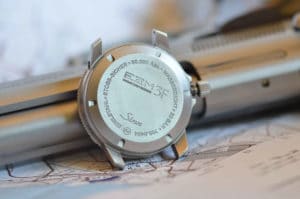
Dial:
It feels as though “no-nonsense” is a characteristic that has been tossed around rather liberally, but truly, the EZM-3F has earned it based on dial layout alone. It’s also the most obvious area for departure from the EZM-3.
Not technically part of the dial (but still on the face) would be the countdown bezel. This bi- directional bezel features numbers sets in the reverse order from sixty, where “55” rests at the 5-minute index. This would be utilized in military operations or air strikes where you could keep track of remaining time on target until impact. Other scenarios might include:
- Remaining length of time for an hour’s worth of push-ups.
- Remaining time before feeding the meter where you’d parked the Humvee.
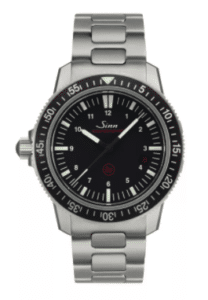
The words in red are a tasteful accent to see in the light, but low key enough to be dismissed without distraction. They’re solely comprised of “einsatzzeitmesser” and “Ar” in reference to the moisture control efforts. There’s no over-cramming of wordiness akin to something you’d see in a desperate dating profile. All we’re looking to read is time here, not the warranty considerations.
Engine:
Powering the EZM-3F is an ETA 2824-2 movement capable of auto-winding and hacking seconds (25 jewels) that runs up to 38 hours. While it could be said that there’s nothing particular special about it, you’d be pressed to find a more tested and reliable caliber circulated among the Swiss. Additionally, it should instill a sense of security for the owner that, in the unlikely event of battle damage, servicing costs are manageable. The movement, itself, as anti-magnetic per DIN 8309 testing.
Bracelet:
While the watch is offered in a multitude of strap options, most would probably be interested in the stainless steel bracelet. It’s H-link in design, bead-blasted for finish, and even comfortable on the wrist, however one can’t adjust the links for removal without having an appropriately-sized L-wrench. The quality is there and it’s most notable when you acknowledge satisfying “snap” of the double-locking fold over clasp. Integrated on the inside of the clasp is the flip- lock extension (similar to what you might see on a Submariner) to accommodate extra thick wetsuits.
Somewhat surprisingly, Sinn doesn’t treat the steel with any sort of additional scratch-resistant coating or hardened materials similar to the offerings by Damasko or Seiko’s Dia-Shield. For what it’s worth, the titanium that outfitted the original EZM1 is actually softer than stainless steel.
I’m not big on the bracelet and the reasons why make me feel a bit shallow; I simply can’t warm up to the appearance of the H-link pattern. It reminds me of the vintage integrated bracelets that I’d need to learn how to stomach if I was partial to the watch’s dial and case. I’m sure the good people over at Sinn conducted an exhaustive amount of research for what design would lend to the greatest amount of structural integrity because it seems to a popular combo with their other tool watches.
Thankfully, the location of the lowered angular lugs makes the EZM-3F a strong candidate for a variety of strap options, working especially well with a quality NATO (seen here on a BluShark Premier). With the watch being a flieger, it would be right at home on leather too.
Price:
On Watchbuys.com (Sinn’s US Retailer), the “3F” runs $2,110 on a bracelet and $1,890 on a leather strap. That’s nothing to sneeze at. For a watch that claims it’s built to take a beating, going second-hand might be more favorable. Signed bracelet included, these can be found on eBay for less than $1,150 (winning bid).
Closing Thoughts:
In an almost poetic circle of looking inward for inspiration, Sinn has here a classic in-the-making. Sure, the brand may have cut its teeth on cockpit clocks, but having borrowed from the tactical and diver aesthetics from the EZM3, we’re now getting a contemporary aviator watch unlike anything else on the market.
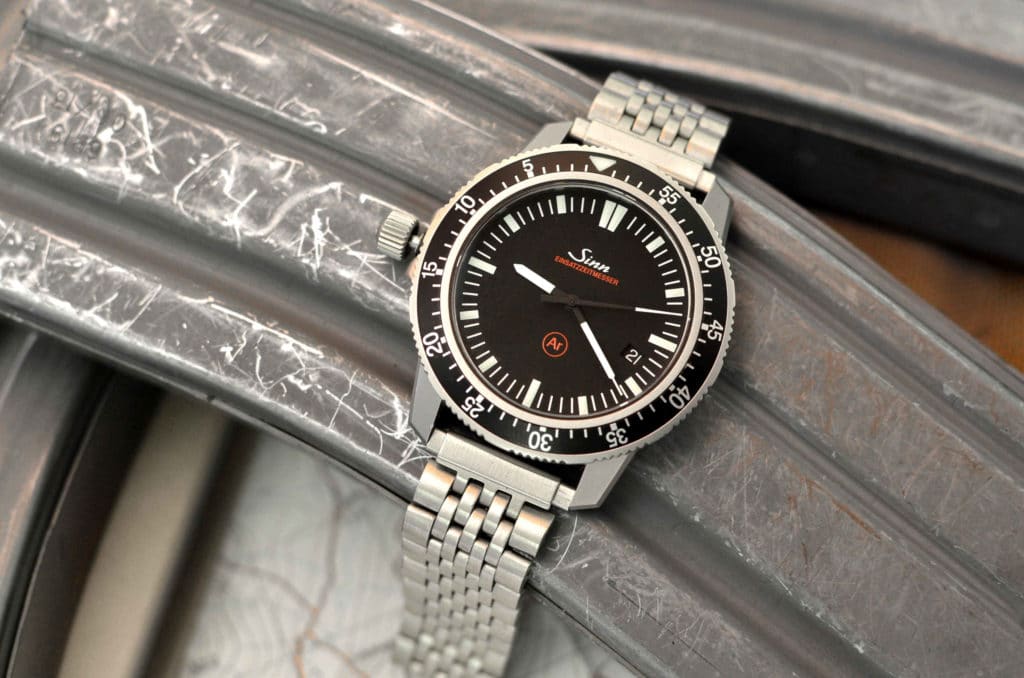
Well eat your heart out, you picky sons of bitches. Sinn was listening.

Damon is based out of the Bay Area, where he’s a black sheep among Apple Watch loyalists. Having served as a Combat Engineer with the USMC, he believes a true field watch’s success is measured by how closely it compares to a “G-Shock.” Nonsensically, a background in design has guided his preference toward higher craft, as he struggles to become the lifestyle his watch tastes more closely reflect.
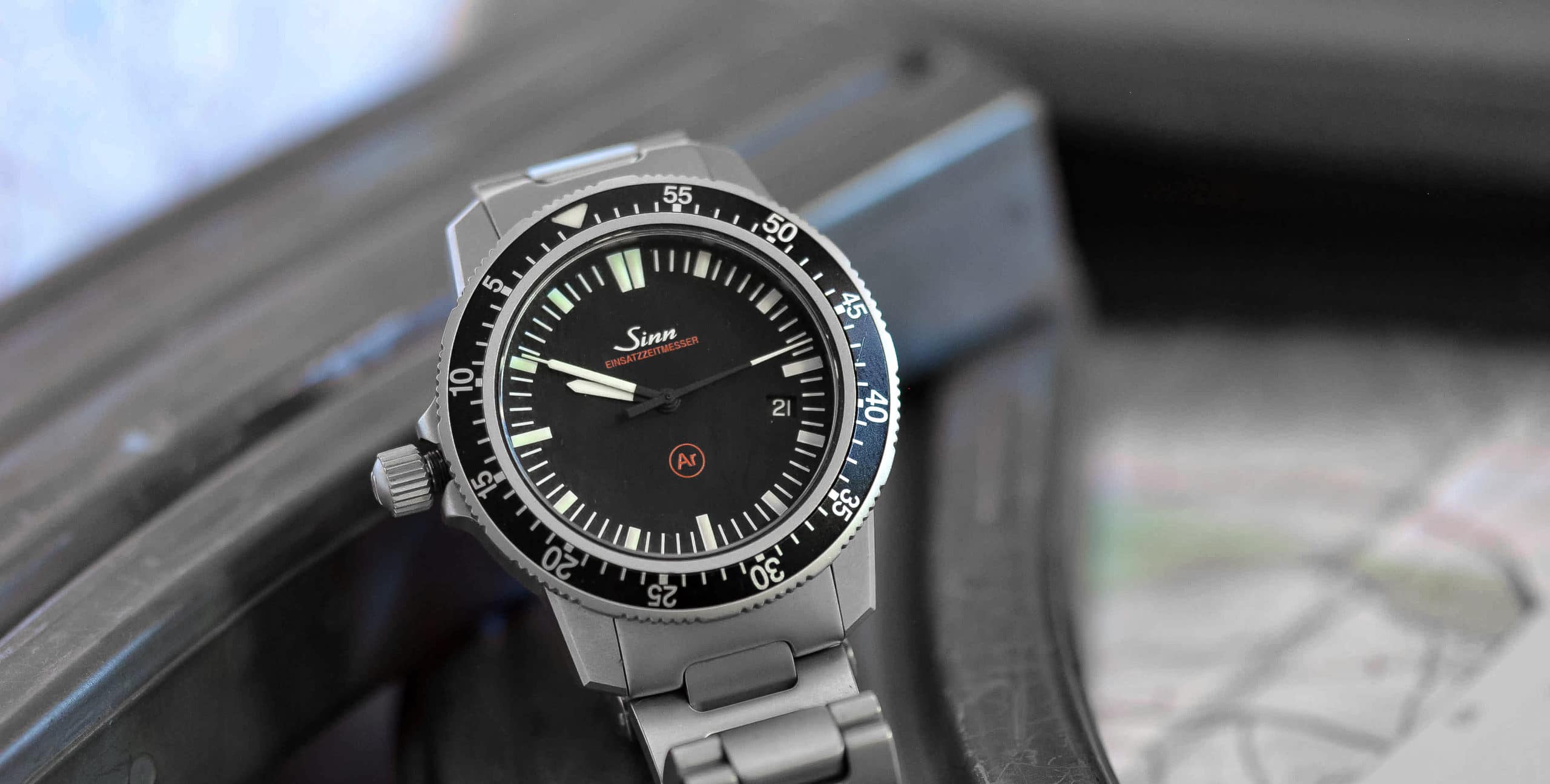
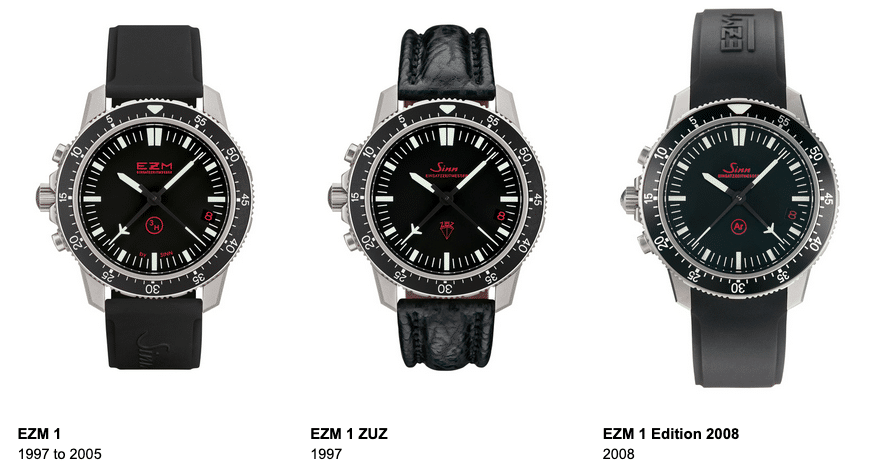
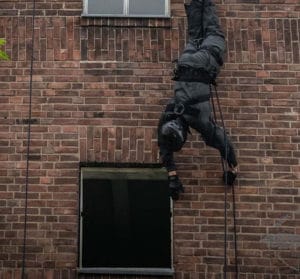





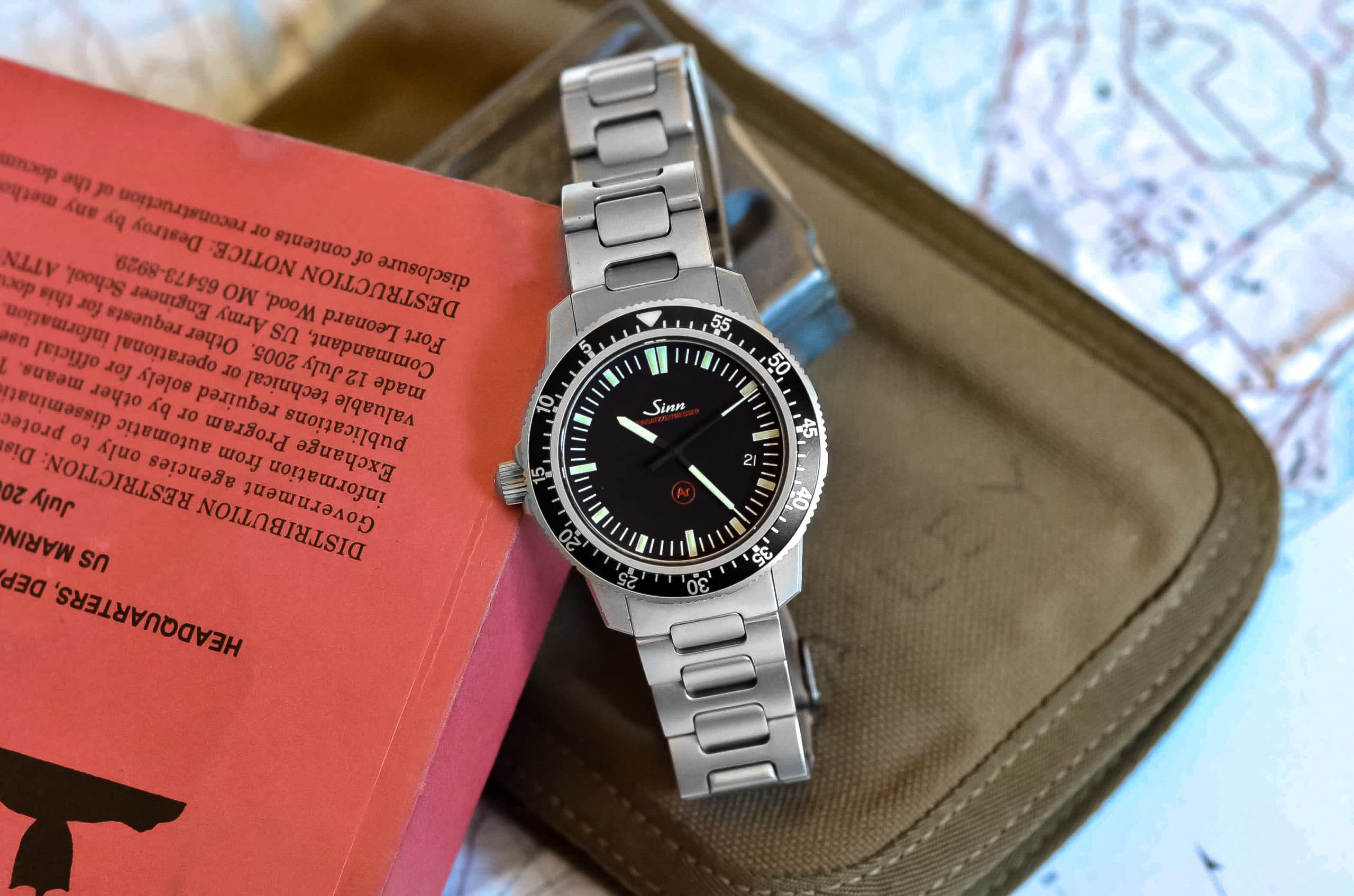
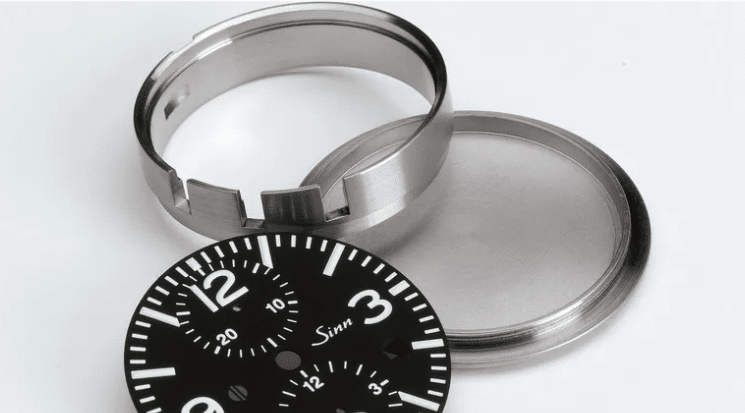
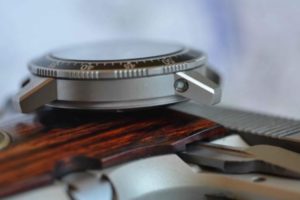

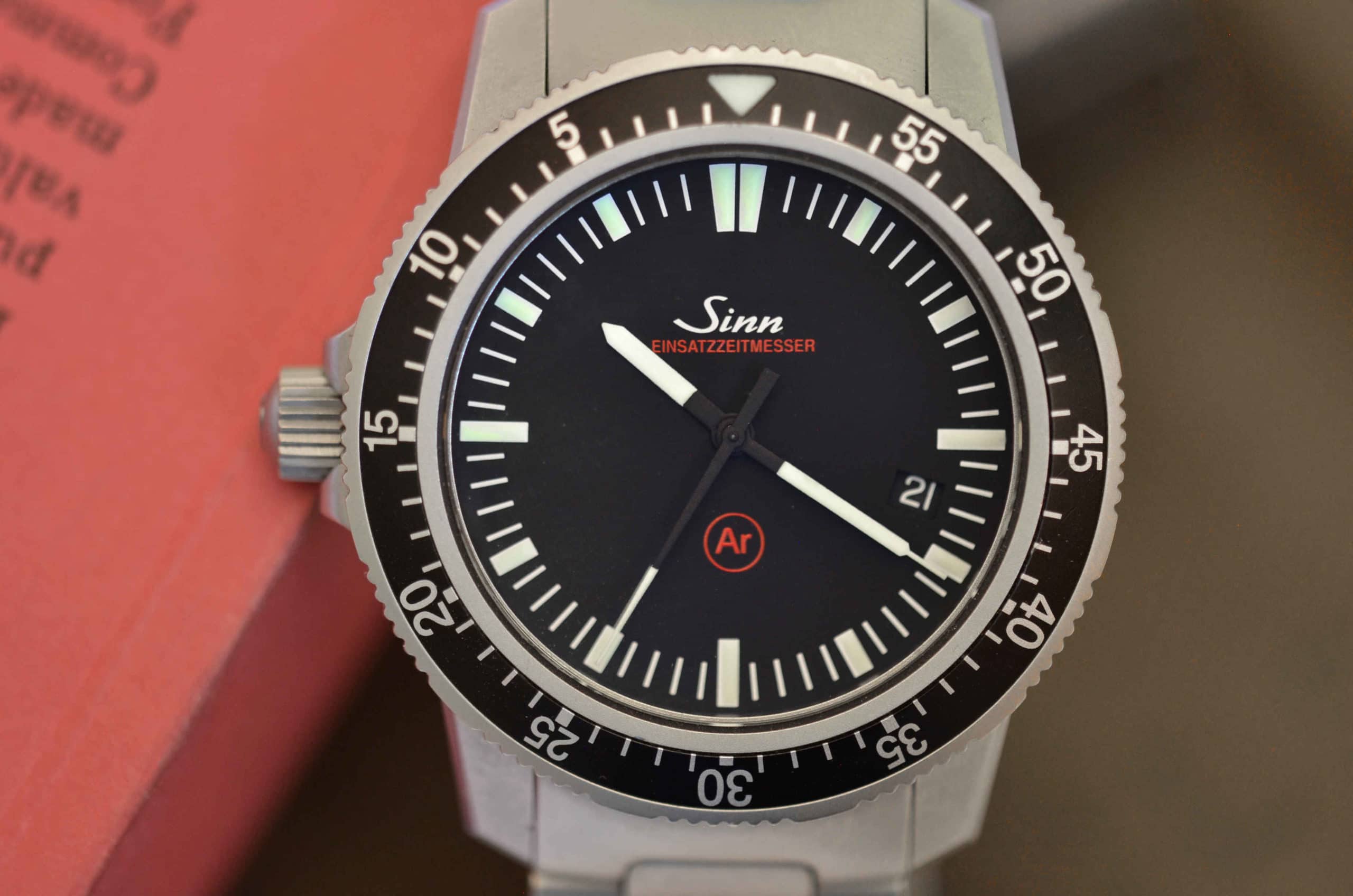
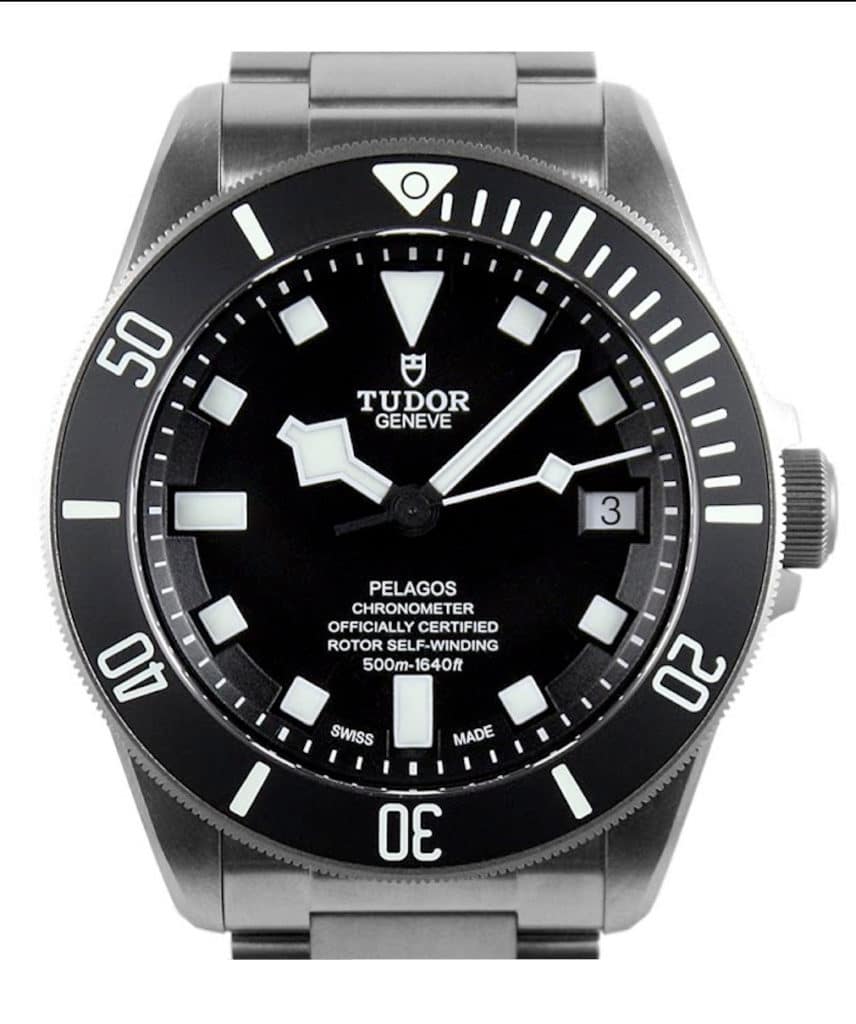
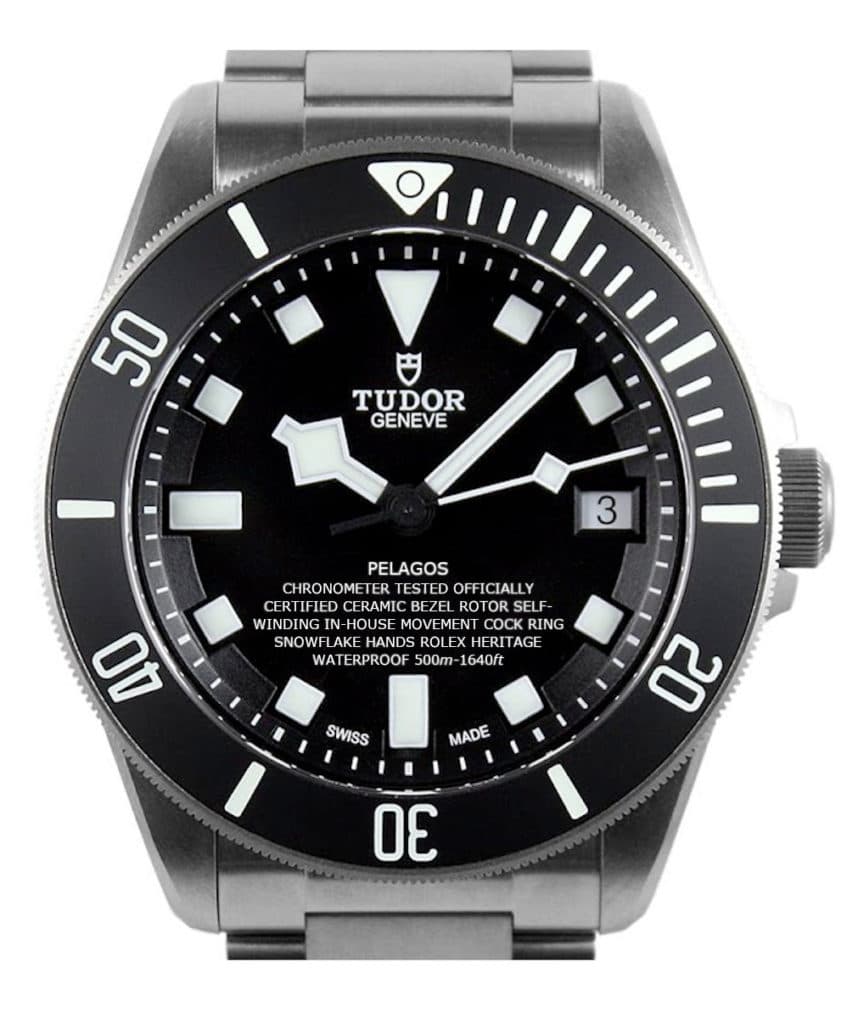
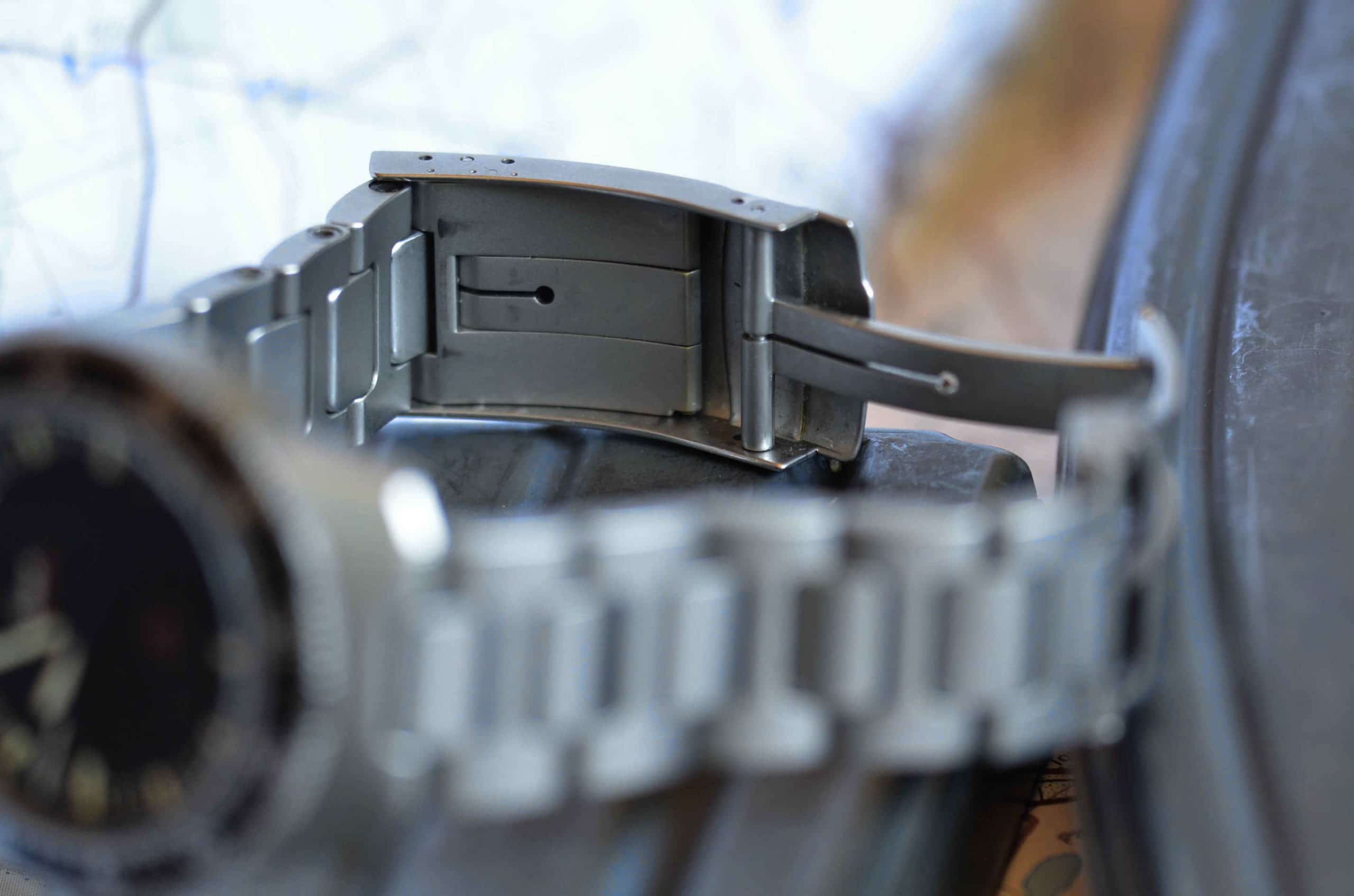
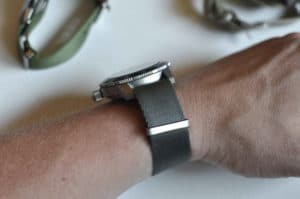
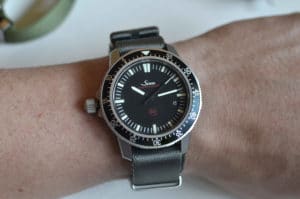

This was a thoroughly entertaining read, Damon. Informative too! I don’t mind the odd H-link bracelet but the prominence of the rectangular ‘mid-link’ on the Sinn is a bit much to my eyes. It might be different in person, but they seem to bulge in the photos (I think it’s probably a trick of the light and shadows). Overall, I’d be more than happy to work on my tough guy image with an EZM on wrist.
Thanks, Sven! I’ve eventually come around to appreciating the bracelet, but “bulgy” is the perfect way to describe the look.
I’m a big fan of this design, since I’ve got the similar EZM 1.1. Your article made me think about the bracelet a bit more. The H-link bracelet doesn’t bother me, but I can see now that the curved shapes on the bracelet contrast, or possibly clash, with the very angular design of the lugs and case.
For a different option I suggest looking at Sinn’s silicone straps. They have a better clasp with a push button opening, rather than the simple flip closure on the bracelet, and a more angular design that may suit the case better.
Beyond G-Shocks, I’ve yet to embrace silicon straps. If Sinn’s take on them are half as good as their engineering elsewhere, they deserve a look for sure. thanks!
I like everything about this watch, except for the clasp on the H-link bracelet. The dive extension is not well done, and it limits the amount of micro adjust.
Since the EZM3F matches the 200m water rating and bezel as the 104, I’d guess they share the same crystal and case geometry where the bezel attaches. That’s probably different enough from the standard EZM3 to have a different depth rating. I know the case back is thinner in the 3F as well, probably to match the depth rating of the bits on the dial side of the case since an extra strong case back would be overkill.
Entertaining and well done review. Nice work.
What’s that bracelet on the last picture?